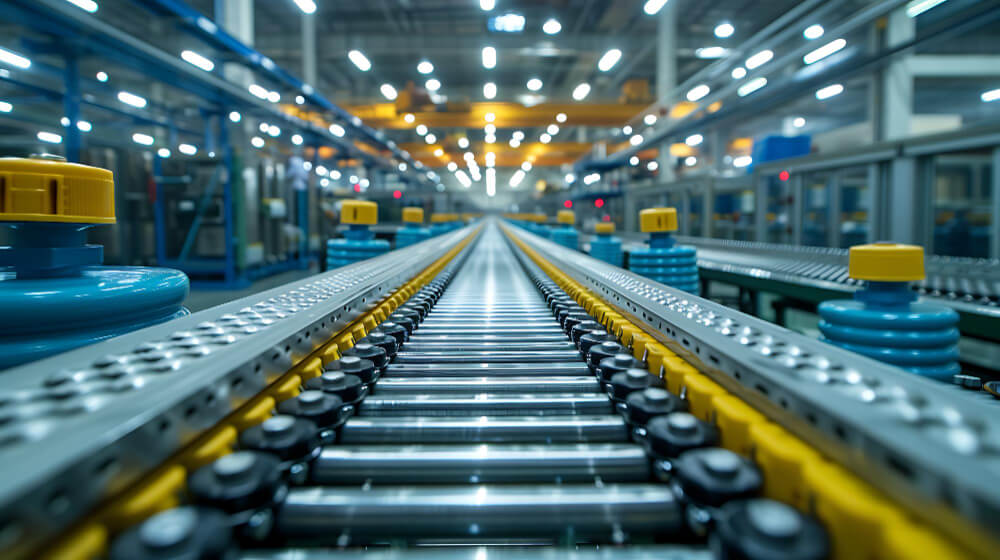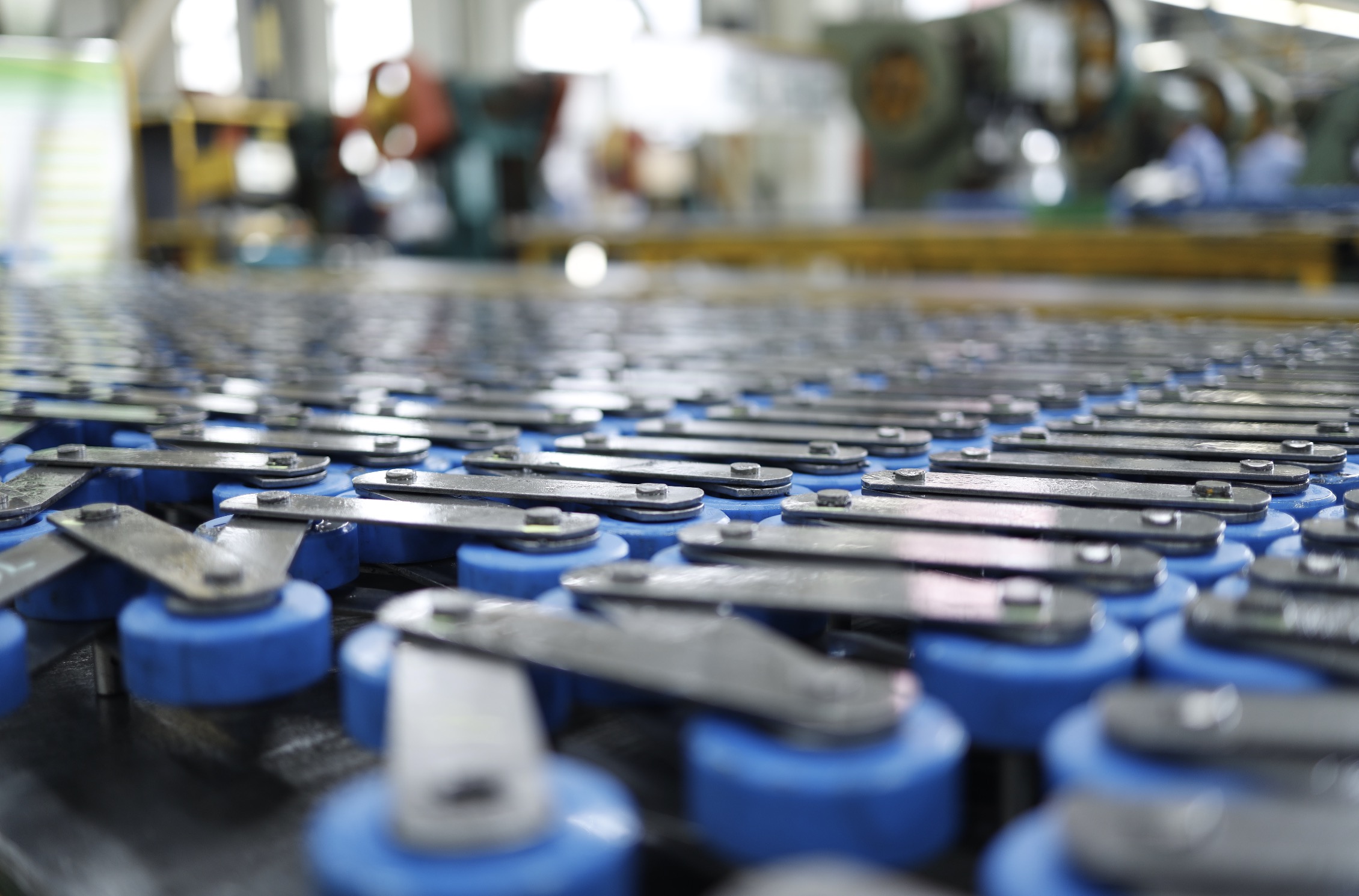Conveyor chains are the lifeblood of many industrial operations, silently powering the movement of materials across countless applications.
But just like any hardworking component, conveyor chains require proper installation and maintenance to ensure optimal performance and longevity. So how do you install and maintain a conveyor chain?
To install and maintain a conveyor chain, you need to assemble the new chain, replace the old one, find the proper chain tension, lubricate, and make a final inspection. To maintain, you need to clean the chain and sprockets, tension, and misaligned components.
Let’s get into more details.
Conveyor Chain Installation
A meticulous installation process sets the foundation for a reliable and efficient conveyor chain system. Here are the key steps to follow:
1.Chain Assembly
For some chain types, you might need to assemble the chain by connecting individual links. Follow the manufacturer’s instructions carefully and ensure proper connection and orientation of the links.
2.Chain Placement
Carefully drape the chain over the sprockets and guide rails. Ensure the chain is properly seated on the sprockets and positioned evenly across the entire conveyor length.
3.Tensioning
Proper chain tension is crucial. An excessively loose chain can slip on the sprockets, reducing efficiency and causing wear.
Conversely, an overly tight chain creates unnecessary friction and increases energy consumption. The manufacturer’s recommendations will guide you in achieving the optimal tension level. Several methods exist for chain tensioning, including screw adjusters or pre-tensioned idler sprockets.
4.Lubrication
Initial lubrication is vital. Apply the recommended lubricant to the chain links, rollers, and sprockets according to the manufacturer’s instructions. Proper lubrication minimizes friction, reduces wear, and extends the lifespan of your chain system.
5.Final Inspection
Once installation is complete, perform a final inspection. Ensure the chain is properly tensioned, lubricated, and free of any abnormalities. Run the conveyor system through a test cycle to verify smooth operation and identify any potential issues.
Conveyor Chain Maintenance
Regular maintenance is essential for keeping your conveyor chain system operating at its best. Here’s a recommended maintenance schedule:
- Daily: Perform a visual inspection of the chain for signs of wear, damage, or excessive elongation. Check for proper lubrication and address any immediate concerns.
- Weekly: Clean the chain and sprockets to remove dirt, debris, or buildup that could accelerate wear. Reapply lubricant as needed.
- Monthly: Conduct a more thorough inspection, checking for chain tension, sprocket wear, and any misalignment of components.
- Quarterly: Perform a detailed inspection, including measurements of chain elongation and sprocket wear. Consider replacing worn components to prevent breakdowns and ensure safety.
Conveyor Chain Lubrication
Proper conveyor chain lubrication is paramount for minimizing friction, wear, and energy consumption. Here are some key lubrication considerations:
- Lubricant Selection: Choose a lubricant specifically formulated for conveyor chains. Consider factors like operating temperature, load capacity, and environmental conditions.
- Lubrication Frequency: The frequency of lubrication depends on the operating environment and application. High-demand applications may require daily lubrication, while less-demanding settings might need lubrication every few weeks.
- Lubrication Method: Several methods exist for conveyor chain lubrication, including manual application with drip systems or automated lubrication systems.
For any questions or to discuss your conveyor chain needs, contact the experts at Universal Chain today!


